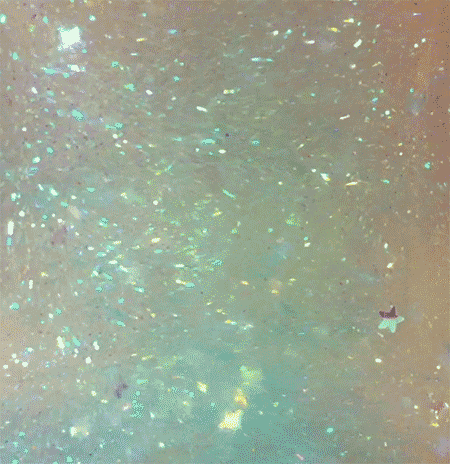The prototype for my Ghosts of RMIT work has become one of my favourite forms of media – soundscapes. Soundscapes allow so much flexibility in creating your ideal image in which my ideal image is no image at all but the one in your head. For popularity’s sake, I hope to work in a 360° panoramic photo to supplement the ambient narrative.
This particular soundscape is a crossover of sorts, being less ambient/immersive and more like a short radio documentary. It is a piece that highlights key events or “colours” that occurred throughout the history of the Old Magistrates’ Court on the corner of La Trobe and Russell Streets, Melbourne. The soundscape begins with the earliest documented court transcription that I could find and ends in subdued static, an attempt to symbolise what is now an RMIT University building’s years of disuse after the Magistrates’ Court was relocated.
As I am an audio lover, it’s nearly always a no-brainer for me to pick sound as my message medium. I know that I should perhaps branch out a little more into the visual world (which is where the panorama comes in) but I believe it’s my forte in comparison. This project was absolutely inspired by the Alter Bahnhof video walk and the Hungry Ghost walk.
The Alter Bahnhof video is one that we briefly studied in class and I studied a lot less briefly at home. It’s described as an alternate world where reality and fiction combine eerily, helping coin the term “physical cinema”. The viewer is instructed to hold their phone up as though the video on screen is a live stream of their reality. Instead, they are led throughout the train station listening and watching a story unfold before them that they’d never have known otherwise. It’s a beautiful immersive piece that successfully combines audio and video. Due to this perfect mesh, I’ve taken the idea of leading a tour with audio narrative to my own project but toned it down a little – a 360° photo is not quite a video but I hope it still gives the uncanny sense of being right there.
My other major inspiration is a Sydney ghost tour of Surry Hills created specifically for smartphones. It’s an app called the Hungry Ghost tour and was created by Mei Tsering with soundscape credit going to Nick Wishart whose other work is absolutely worth checking out, particularly his CeLL project.
Concrete Playground describes how to use the app as this:
“After downloading the free app on a smartphone and heading to start point Bourke Street Bakery, individual theatre adventurers are introduced to a sleep-deprived Eddie, who is curious to unearth a troubling family mystery. Eddie finds out more about his Chinese ancestry and tries to feed his Hungry Ghost, and with every step, rarely told stories are uncovered about the early Chinese community who called Surry Hills home.”
I was really enthralled with the idea of being physically led through a suburb whilst listening to stories from a rich yet little known history and Building 20 could easily have a similar thing created for it. This is how I came up with the idea of taking the listener through the ages by highlighting a few key events – some are nearly common knowledge, like the Ned Kelly and Squizzy Taylor trials, whilst events such as the introduction of female clerks during WWII and the Court’s inception as the Court of Petty Trials should really be brought into light (or rather sound).
To me, soundscapes are fantastic in representing history. They offer the chance to combine freedom of imagination with certain narrative boundaries. With a film or recreation, you’re being told what happened and what it looked like which is important when reporting on history. With the Magistrates’ Court being well, a court, I believe it’s important to allow our audience some liberty in their history lesson. With a soundscape, I can let my listeners create connections with the story they’re hearing and their own experiences – a user may imagine an enraged Ned Kelly in his iconic bushranger get-up shouting over a tumultuous crowd inside the court room instead of being shown a stuffy procedure where everyone is dressed and acting respectably.
Next up with this project is the 360° photo. Using a software called Pano2VR, I aim to have a slow rotation of the photo going for the same length as the soundscape where the user can tap on certain sections for more information on the event being played in the soundscape.
VARIATIONS
1. User controlled rotation – may stop the user from listening to the full piece as they may only be involved in the photo
2. Auto info – brief information pop ups as the soundscape plays
3. Pause on info – if the user wishes to read more, then the soundscape may loop the section that it is playing
4. Tap driven soundscape – cut the soundscape into sections and have it optional to only play each event as it is explored within the courtroom.
I may need help with this software and am also considering upgrading from Garageband (it’s a little clunky but gets the job done) to something more professional such as Ableton Live or Logic Pro if the soundscape is to be released and/or incorporated into the app and website.
